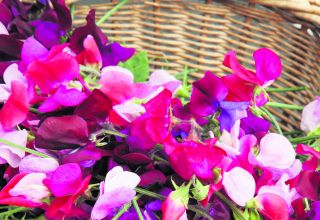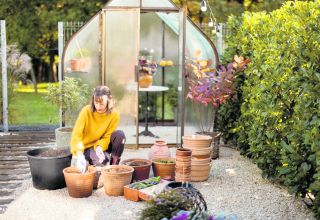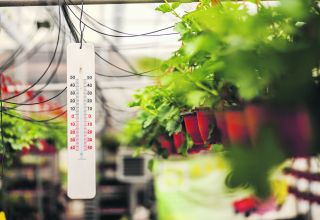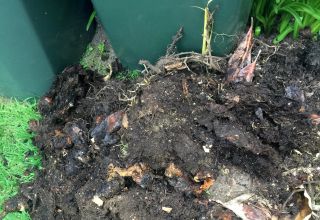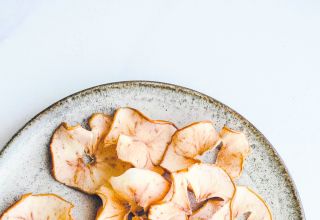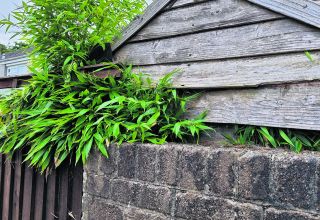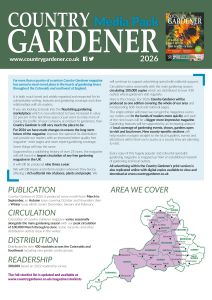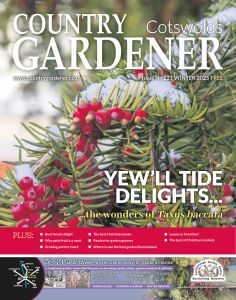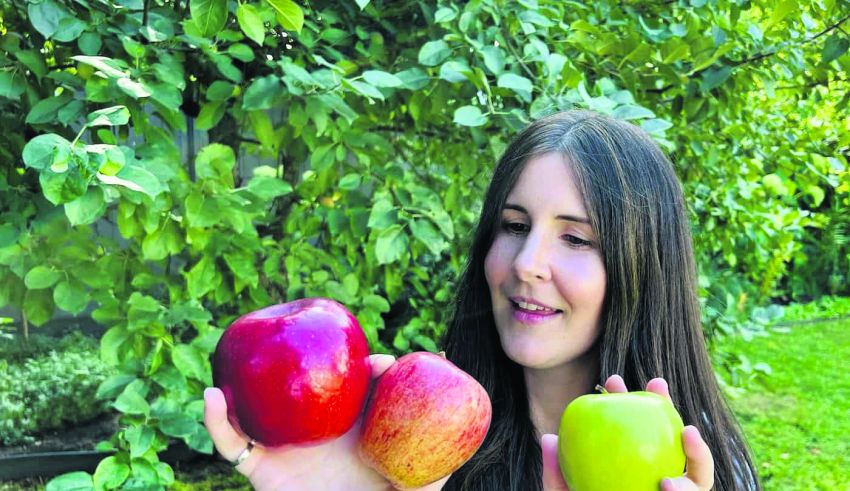
Tasting fruit before planting may seem like a small step, but it’s one of the most important parts of planning an enjoyable orchard. It helps you avoid disappointment, deepens your understanding of fruit and aligns your gardening choices with your culinary tastes. A fruit tree isn’t just a plant it’s a long-term companion in your garden.
Planting fruit trees like apples, pears, plums, cherries, or peaches is a big investment in your garden’s future—one that can yield fruit rewards for decades. However, unlike vegetables or annual flowers, fruit trees take years to mature and bear fruit fully, and once they do, you’re committed to their flavour, texture, and harvest cycle. That’s why one of the most critical yet often overlooked steps in planning a home orchard is tasting the fruit before planting the tree.
This may sound obvious at first, but many home gardeners skip this step.
They may be seduced by a tree’s disease resistance, hardiness, productivity, or commercial popularity, only to discover years later that they don’t like the taste of the fruit. That’s a costly and time-consuming mistake. Taking the time to taste the fruit you plan to grow is not just a matter of personal preference it’s an act of planning, and long-term satisfaction.
One of the first reasons to taste before you plant is that flavour is highly subjective. A variety that sells well in shops and supermarkets might be bred more for appearance, shelf life, or uniformity than actual flavour. Many supermarket fruits are harvested early, treated for storage, and shipped over long distances, which can further dampen flavour and texture. These fruits are often bland, dry, or suffer in comparison to their fresh-from-the-tree counterparts.
However, just because a fruit is popular or even described as ‘delicious’ doesn’t mean it’s right for you. Some people love the sweet, almost banana-like texture of an Asian pear; others find it watery and lacking in depth. One gardener might cherish the tart snap of a Granny Smith apple; another might find it too sour. Tasting different varieties before you plant helps you select trees that match your exact flavour preferences.
Planting a fruit tree is a commitment to future abundance. A mature apple or pear tree can yield hundreds of pounds of fruit in a season. If you don’t truly enjoy the variety you’ve planted, you’ll be less likely to eat it, preserve it, or share it. This leads to wasted harvests and disappointment. Worse, if the fruit isn’t palatable, you might find yourself reluctantly tearing out a tree you’ve spent years nurturing.
Tasting ahead of time ensures you’re planting a tree whose fruit you’ll want to eat year after year. Ideally, you’ll choose varieties you look forward to harvesting and that fit into your culinary habits—whether for eating fresh, baking, juicing, or preserving.
Another reason tasting is important is that fruit grown locally will taste different than the same variety grown in a different climate. The term “terroir,” commonly used in wine production, applies here too. Soil, temperature, rainfall, and even sun exposure all influences the final flavour of a fruit.
Tasting also invites you to explore the world of fruit more deeply. Most people are familiar with only a handful of commercial apple and pear varieties, but there are thousands of cultivars with wildly different characteristics.
This process is also educational. You’ll notice details: how sugar and acid balance affects taste, how texture influences enjoyment, or how ripening times vary. This makes you a better gardener, more attuned to your trees, harvest timing, and culinary uses. It’s also a social activity that can connect you with other gardeners, farmers, and enthusiasts.
Orchard trees aren’t cheap. Between the cost of trees, soil preparation, tools, fencing, water, and years of care, starting an orchard is a significant investment. Time, space, and labour are also finite resources in a garden. Choosing a fruit that doesn’t appeal to your taste means all of that investment delivers something you might not even want to eat.
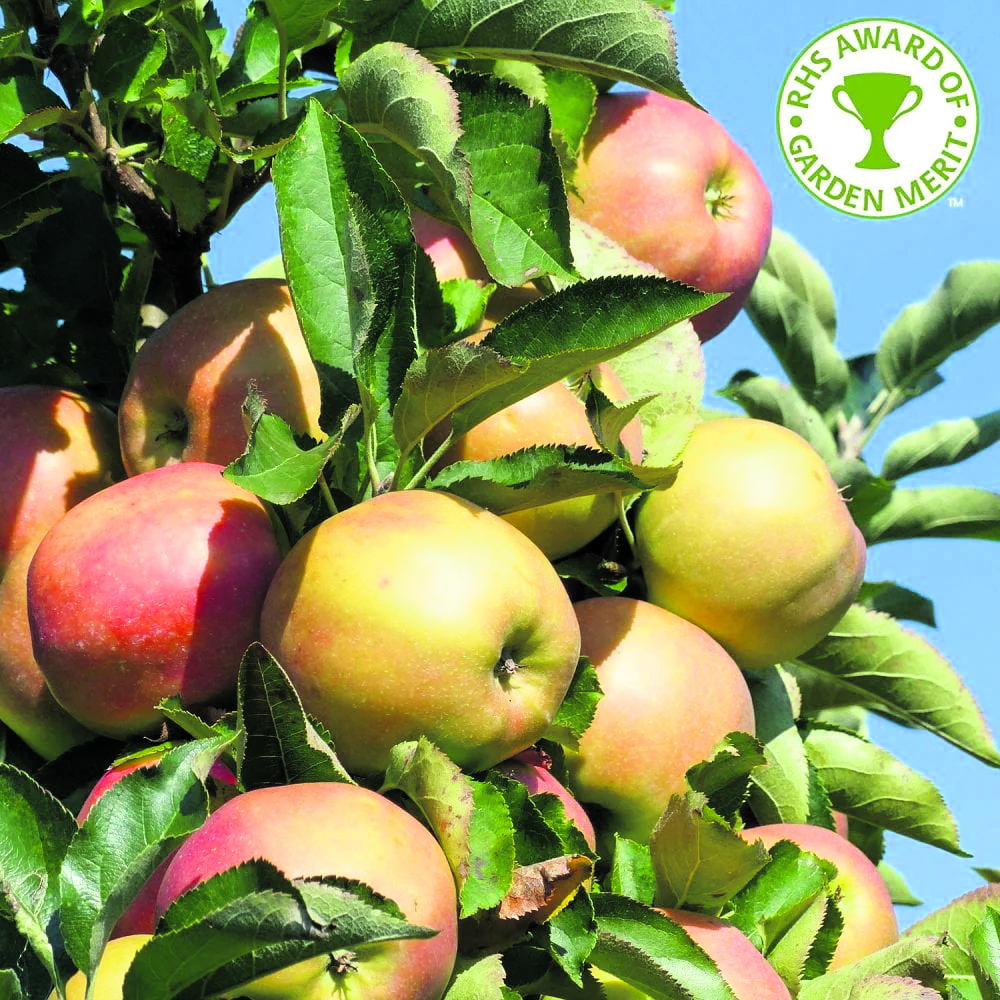
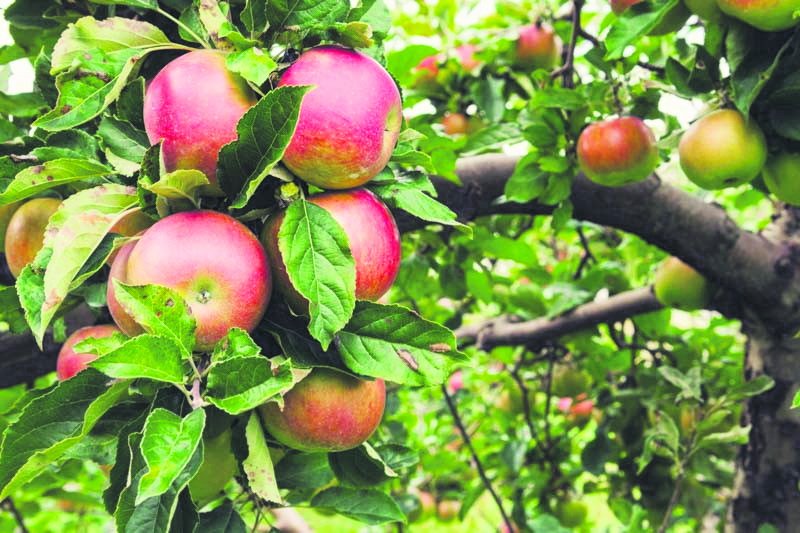
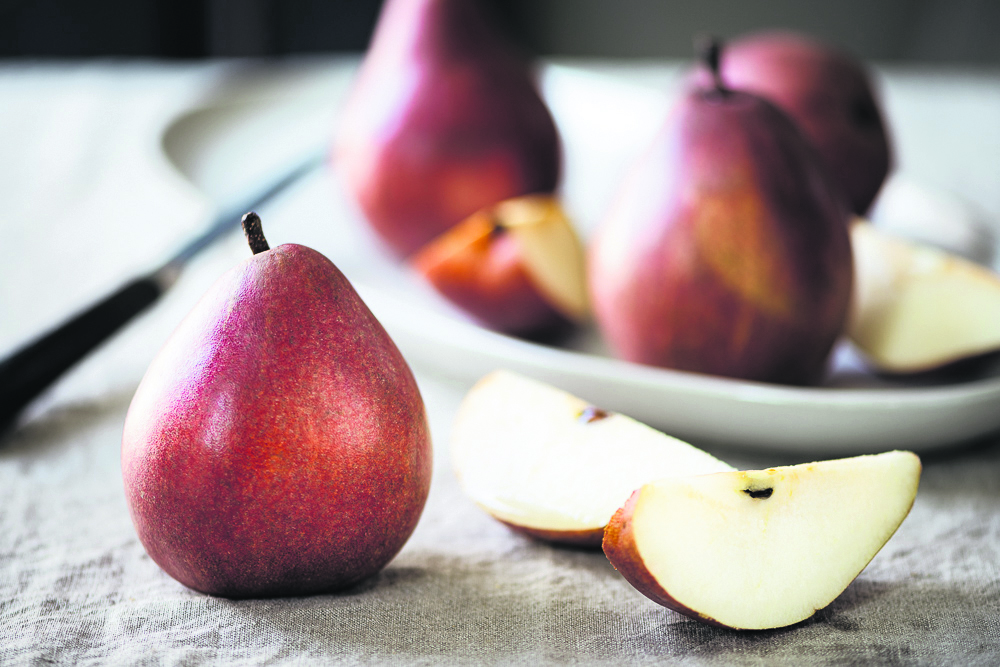
Harvesting and storing
Tasting also allows you to consider your harvest. Some apples are best eaten fresh; others are made for pies, cider, or drying. Pears may be soft and juicy for eating out of hand or firm and spicy for cooking. Plums vary from sweet and mild to tart and punchy. Knowing what you like and how you intend to use the fruit helps you select varieties that fit your lifestyle.
For example, a firm, slightly tart apple like ‘Jonagold’ might be perfect for baking, while a sweet, crisp one like ‘Honeycrisp’ is better for snacking. You may want to plant a mix of early-, mid-, and late-season varieties to stagger your harvest. Tasting and researching beforehand gives you the foresight to plan a diverse and functional home orchard.
Certain fruits develop their best flavour only after storage or ripening off the tree. European pears, for example, are often harvested when mature but not yet ripe. They’re then ripened indoors, which can take practice to perfect. Some apples also improve after a few weeks in cold storage. If you’ve never tasted these fruits at their peak, you might not know what you’re missing—or whether you’re up for the extra steps involved in post-harvest handling.
Tasting helps you discover these subtleties and decide whether a particular variety fits your preferences and lifestyle. Do you want fruit you can eat straight off the tree, or are you willing to store and wait?

